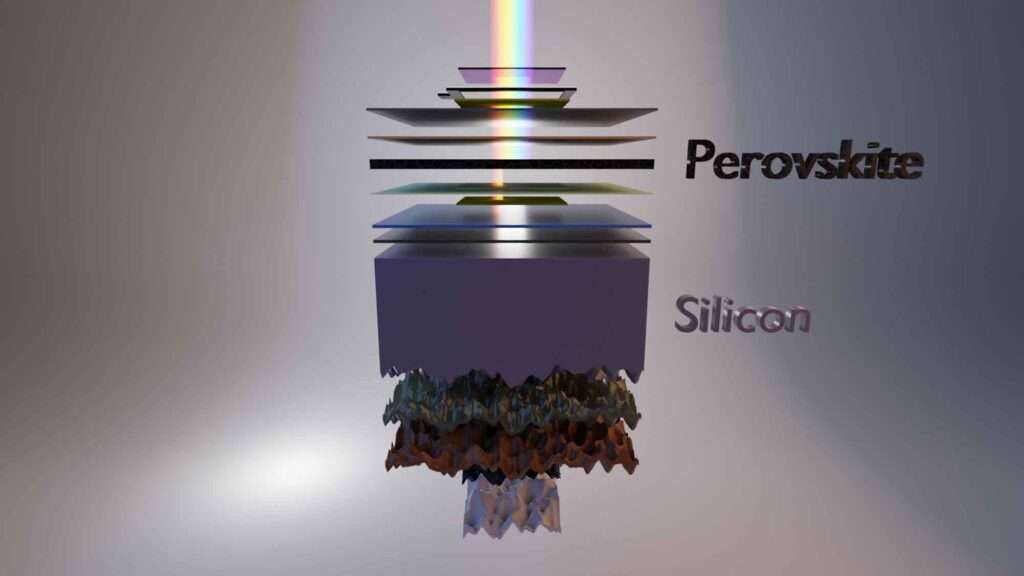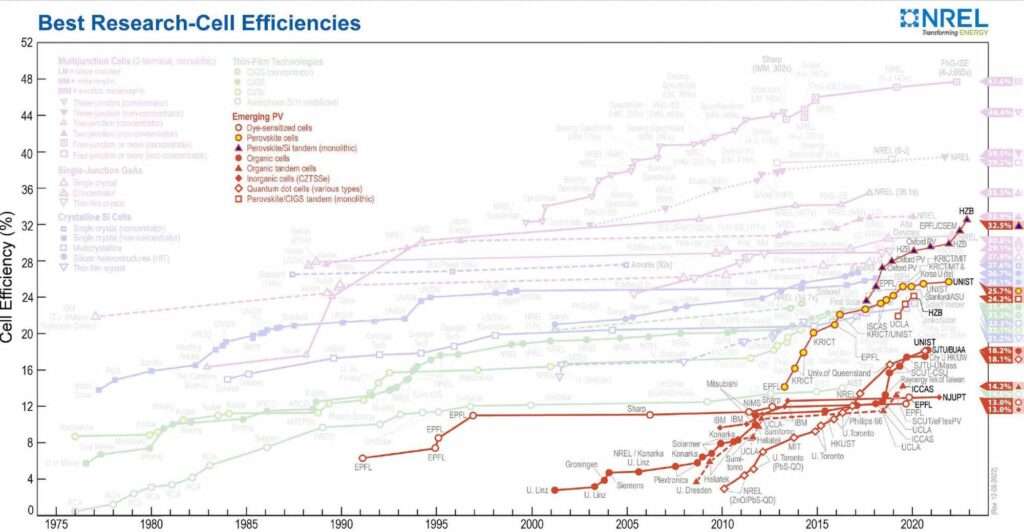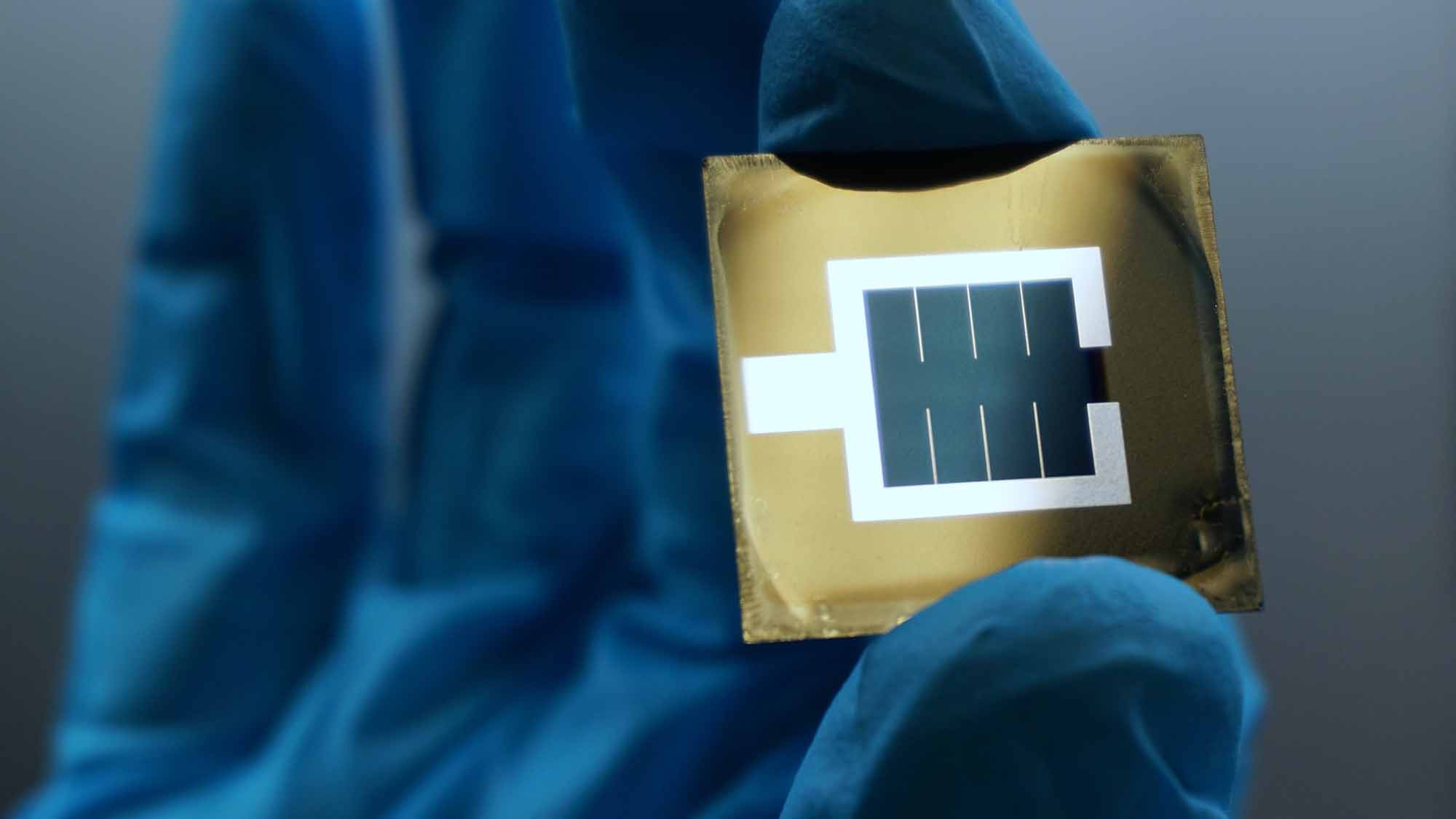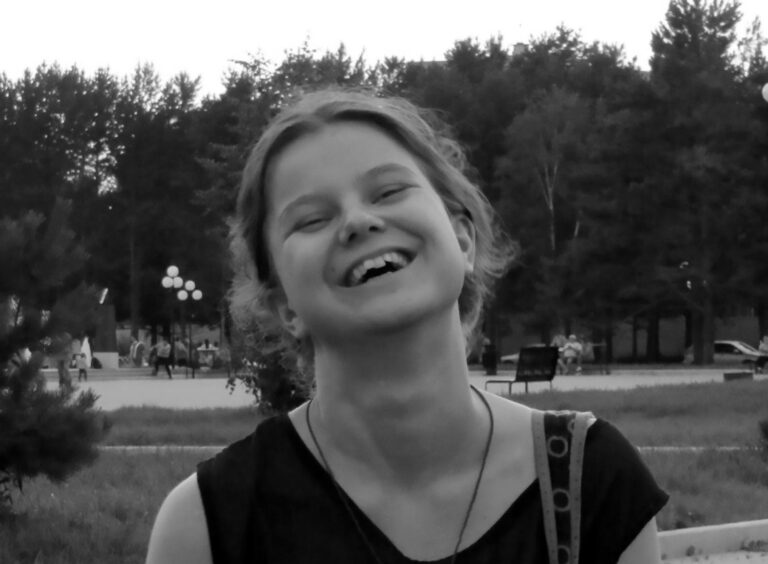Scientists have developed a groundbreaking solar cell that can convert almost a third of the sun’s radiation into electricity.
The new silicon bottom and perovskite top tandem cell was created by researchers from Helmholtz Zentrum Berlin (HZB) in Germany.
It reportedly broke the world record by transforming 32.5 per cent of the incident solar radiation into electrical energy.
The previous holder had been the Swiss Ecole Polytechnique Federale de Lausanne (EPFL) which reached 31.3 per cent earlier this year.
European Solar Test Installation (ESTI) experts measured and confirmed the value of the cell, after which it was included in the National Renewable Energy Laboratory’s (NREL) chart of solar cell technologies.
The NREL which specialises in the research and development of renewable energy is headquartered in the city of Golden, Colorado State, USA.

HZB researcher Steve Albrecht told Newsflash in a statement: “This is a really big leap forward that we didn’t foresee a few months ago.
“All the teams involved at HZB, especially the PV Competence Center (PVComB) and the HySPRINT Innovation lab teams have worked together successfully and with passion.”
For the purpose of the study, lead authors and postdocs Dr Silvia Mariotti and Dr Eike Koehnen developed an interface modification to reduce charge carrier recombination losses.
They then applied detailed analysis to understand the specific properties of the interface modification and successfully implemented the developments in tandem solar cells.
Student Lea Zimmermann then combined them with further optical improvements, which finally resulted in a new record.
Albrecht said: “We are very excited about the new value as it shows that the perovskite/silicon tandem technology is highly promising for contributing to a sustainable energy supply. “
HZB’s scientific director Bernd Rech added: “At 32.5 percent, the solar cell efficiency of the HZB tandems is now in ranges previously only achieved by expensive III/V semiconductors.
“The NREL graph clearly shows how spectacular the last two increases from EPFL and HZB really are.”

The breakthrough is extremely relevant for the research centre which collaborates with globally active mechanical engineering company Meyer Burger, located in Thun, Switzerland.
The Swiss company’s objective is to produce solar cells with over 30 per cent efficiency on an industrial scale, and thus outrun its Chinese competitors whose products reach around 23 per cent efficiency in commercial use and about 25-26 per cent in the lab.
Meyer Burger is reportedly one of the few European companies attempting to revive the manufacturing sector on the continent, after cheap Chinese production nearly killed it about a decade ago.
To find out more about the author, editor or agency that supplied this story – please click below.
Story By: Georgina Jadikovska, Sub-Editor: Marija Stojkoska, Agency: Newsflash
The Ananova page is created by and dedicated to professional, independent freelance journalists. It is a place for us to showcase our work. When our news is sold to our media partners, we will include the link here.




